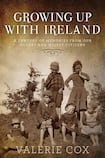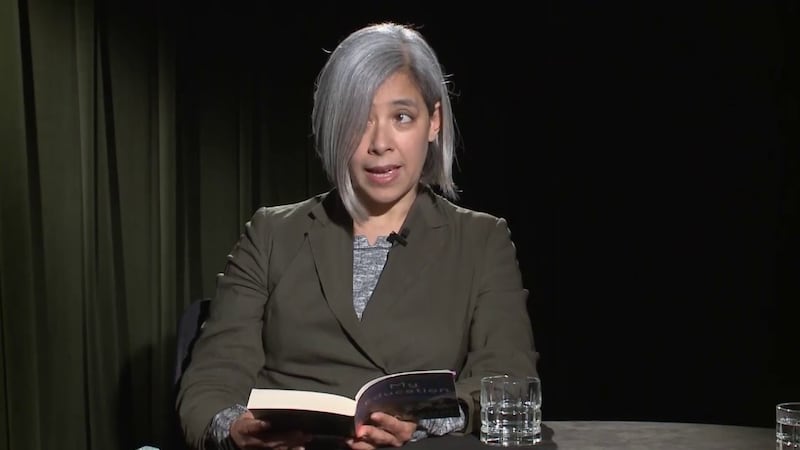
Our country took its first fledgling steps as a nation on January 7th, 1922 when the Irish Free State was born and with Growing Up With Ireland, veteran journalist Valerie Cox attempts to give voice to those who were born into this new nation.
She spoke to 26 citizens, all born between 1922 and 1927, and documents a wonderful array of memories. These are the bystanders of history. The ones in the crowd as de Valera spoke or as war was declared. This is a book for the personal memory that gives you a snapshot of the people that lived through momentous times.
There is a stark innocence to these memories and a jarring finality to them. A groom leaves his wedding to evade the Black and Tans, loved ones leave for distant shores and air raid sirens ring out. These momentous events are the mere frame to these 26 lives and it’s the courtship of a wife, the birth of a child or the starting of a business that stirs them.
This is a book about 26 individuals reminiscing, and the author does not try and find a common thread between them. Cox is happy to hand over the pulpit to the individual and the experience is akin to meeting a distant relative at a family gathering and getting them to open up about a formative time in their lives.
She does, however, probe their religious beliefs and try to prod them about what they see when they look at Ireland today and some of the answers are jolting. One lady, Eileen Stack explains her strong views on the Tuam Baby Home scandal: “I think they are forgetting the history there. All virgin births! Not a word about the dad or the families. There are young people who didn’t live through that and they think it’s the same as today.”
In the same paragraph she praises her father for his liberal for-the-time advice to a pregnant woman out of wedlock and it’s tough to square the two statements coming from the same person but that is the essence of the book. The vast trove of memories give way to the unvarnished opinions on the here and now and in that we get an idea of how this country has utterly changed in their eyes. Sometimes for the good but more often for the bad.
Cox is determined to have the book act as a strict vehicle for the 26 memories and while this restraint is admirable, it also sometimes leaves us without a little colour. An author’s observation can sometimes pierce someone as strongly as a memory and we sometimes don’t get the whole picture of someone.
I had six children around and I kept lifting coffee mugs that were scattered everywhere and I thought, this can't be it
However, in some paragraphs you can imagine an entire novel. Take Joan Kealy explaining her life and marriage to Kevin: “Then Kevin tried to make me do the Benevolence Society but I was a total failure and that was quickly taken out of my hands and he did it for me. I was so lacking in maturity. I was used to my mother being at home doing the cooking and I fell into that pattern for a couple of years as a wife and I didn’t have ideas about going back to work. What started me thinking was when my mother died and I had six children around and I kept lifting coffee mugs that were scattered everywhere and I thought, this can’t be it.”
The subservience, the difficulties of early marriage and parenthood, and the realisation that there is more out there, is all given in a few sentences and it acts as the most powerful chronicle of history in the book.
In Julian Barnes’ novel The Sense of an Ending, the narrator describes incidents that have grown into anecdotes, he defines them as “some approximate memories which time has deformed into certainty, if I can’t be sure of the actual events any more, I can at least be true to the impressions those facts left. That’s the best I can manage”.
Every one of the 26 voices in this book are faithful to definition of memory. There is innocence and guilt here, they are the faces in the crowd of history and tell the stories that knit the fabric of Ireland, but they are also a document to what was lost and what has changed.















